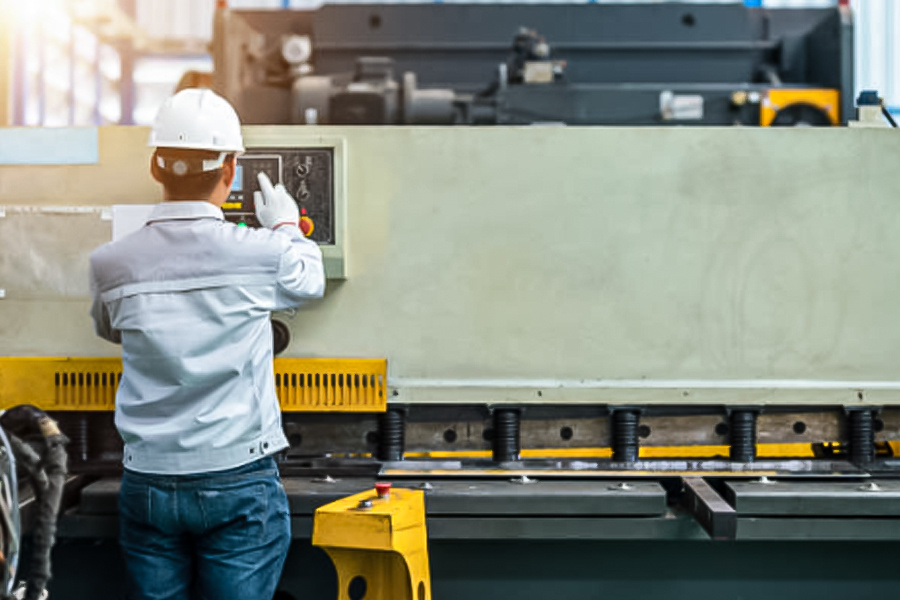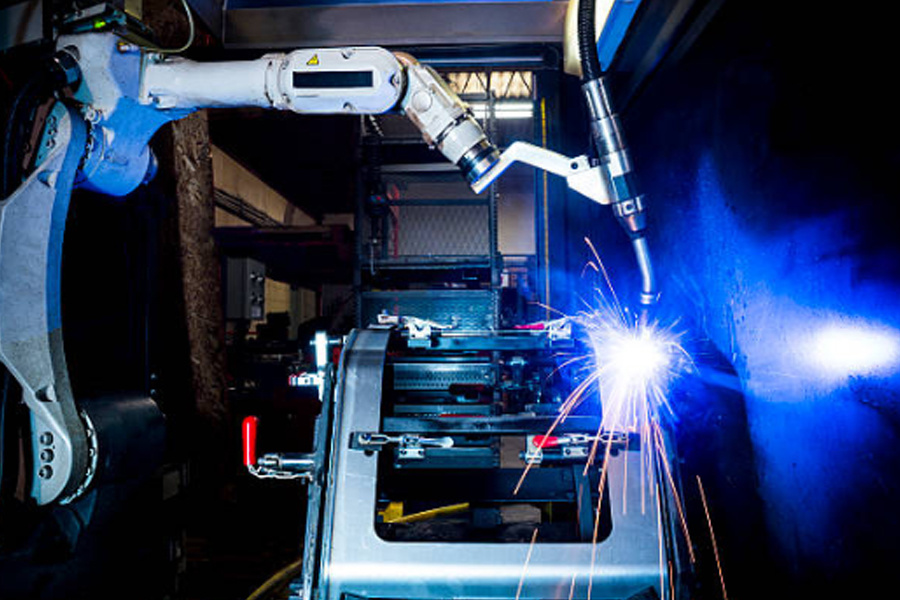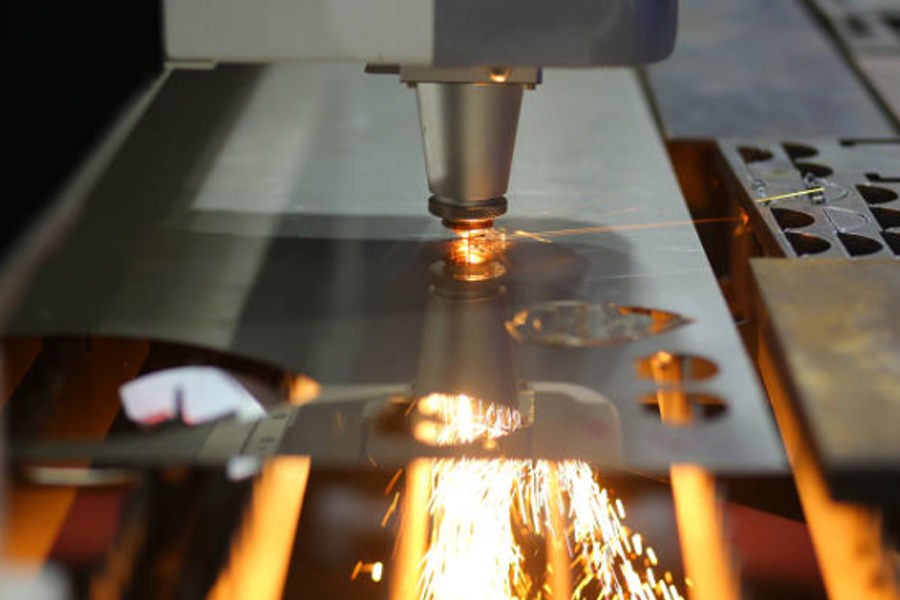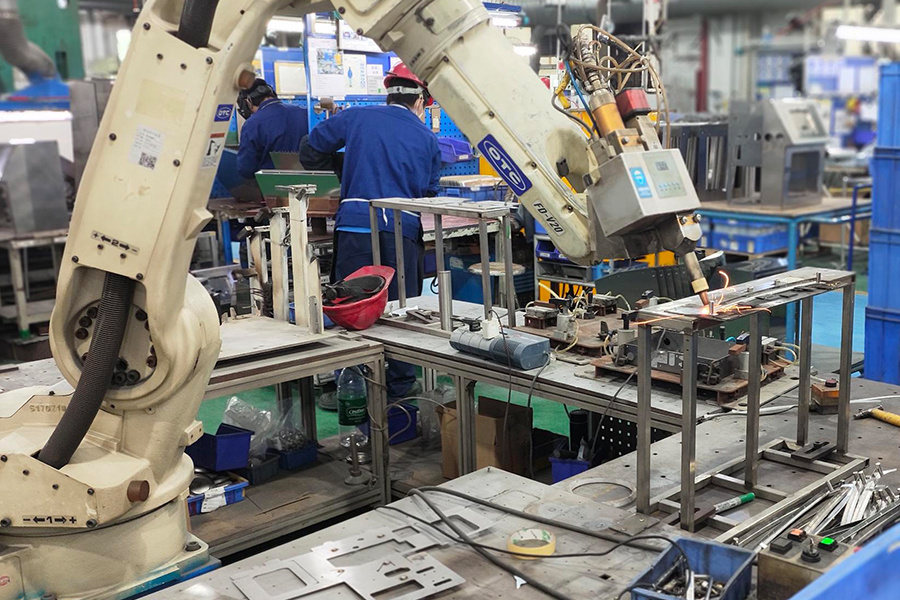Full analysis of automobile chassis manufacturing process: core process and advantages
Release time:
2025-05-06
Introducing the role of automobile chassis in detail, analyzing the manufacturing processes such as stamping, welding, surface treatment, assembly, etc., explaining the advantages of each process, and presenting you with the secrets of automobile chassis manufacturing.
As the core component of the vehicle, the automobile chassis carries important missions such as supporting the body, transmitting power, and ensuring driving stability and safety. It is like the "skeleton" of the car. It not only bears the weight of the vehicle itself and the weight of passengers and cargo, but also has to deal with various complex road conditions and external forces during driving, such as acceleration, braking, impact and centrifugal force during turning. It can be said that the performance of the chassis directly affects the handling, comfort and safety of the car.
The manufacturing of the automobile chassis is a complex and precise process involving a variety of advanced process technologies. These process technologies work together to create a high-quality, high-performance automobile chassis. Next, we will explore in depth the main processes used in the manufacturing process of the automobile chassis and their respective advantages.

Stamping process: the key to building the basic components of the chassis
In the initial stage of automobile chassis manufacturing, the stamping process plays a vital role. This process mainly targets metal sheets. The die applies huge pressure to the sheet on the press to cause it to undergo plastic deformation, thereby forming various complex-shaped components required for the chassis, such as the chassis beam, crossbeam, bracket, etc.
The stamping process has many significant advantages. First, it can achieve high-precision processing, ensuring that the size and shape of each component meet the design requirements, laying a good foundation for subsequent assembly work. Secondly, the process has extremely high production efficiency, and a large number of identical components can be mass-produced in a short period of time, meeting the needs of large-scale production in the automotive manufacturing industry. In addition, during the stamping process, the material utilization rate is high, which can effectively reduce production costs. Moreover, by reasonably designing the mold, components with high strength and high rigidity can also be manufactured, thereby improving the overall strength and durability of the chassis.
Welding process: the core technology for building the overall structure of the chassis
When the production of each stamped chassis component is completed, they need to be connected into a complete chassis structure through welding. The welding process plays a core role in the manufacture of automobile chassis. Common welding methods include resistance welding, arc welding, etc.
Resistance welding is mainly used for the connection of thin plate components. It uses the resistance heat generated by the current passing through the contact surface of the weldment and the adjacent area to locally heat the weldment to a molten or plastic state, and then applies pressure to form a weld or weld. This welding method has the advantages of fast welding speed, high production efficiency, and stable welding quality. It can ensure the tight connection between chassis components and reduce welding deformation.
Arc welding is suitable for welding thicker plates. It uses electric arc as a heat source to melt the welding rod or wire and fill it into the joint of the weldment to form a strong weld. Arc welding has high flexibility and can weld various complex structures. It can also ensure high welding strength, making the overall structure of the chassis more stable.
Through the welding process, the various scattered chassis components are firmly connected together to form an overall structure with good mechanical properties, which can withstand the various forces that the car is subjected to during driving.

Surface treatment process: an important link to improve the durability and aesthetics of the chassis
The chassis of the car is exposed to the external environment for a long time and is easily eroded by rain, dust, mud and various chemicals. Therefore, the surface treatment process is crucial to improve the durability and aesthetics of the chassis. Common surface treatment processes include electrophoretic coating, spraying, galvanizing, etc.
Electrophoretic coating is to immerse the chassis components in an electrophoretic tank, and use the electrophoretic principle to make the paint evenly adhere to the surface of the components to form a dense paint film. This process can achieve all-round coverage of the chassis components, especially some complex cavities and gaps, which can be well protected, thereby effectively preventing rust. The electrophoretic paint film has excellent corrosion resistance, weather resistance and adhesion, which can greatly extend the service life of the chassis.
The spraying process is to spray the paint evenly on the surface of the chassis through a spray gun to form a protective layer. Spraying can choose different coatings according to different needs, such as anti-corrosion coatings, wear-resistant coatings, etc., to meet the use requirements of the chassis in different environments. At the same time, spraying can also modify the color and appearance of the chassis to enhance its aesthetics.
The galvanizing process is to plate a layer of zinc on the surface of the chassis components, using the corrosion resistance of zinc to protect the chassis components. The galvanized layer can form a barrier on the surface of the component to prevent moisture and oxygen from contacting the substrate, thereby playing an anti-corrosion role. The galvanizing process is often used for some important chassis components, such as chassis brackets, bolts, etc., to ensure that these components can work stably in harsh environments.
Chassis assembly process: a key step to ensure the overall performance of the chassis
Chassis assembly is the process of integrating and installing various chassis components that have been processed by the above process, as well as engine, gearbox, suspension system, brake system and other parts. This process requires precise positioning and installation to ensure that the matching accuracy and relative position between various components meet the design requirements.
During the chassis assembly process, various professional tools and equipment, such as positioning fixtures, tightening tools, etc., are required to ensure the accuracy and reliability of assembly. At the same time, strict quality inspections are also required, such as four-wheel alignment inspections, chassis abnormal noise inspections, etc., to ensure that the overall performance of the chassis meets the requirements.
A reasonable chassis assembly process can enable the various components of the chassis to work in coordination and give full play to their best performance, thereby providing strong guarantees for the driving stability, handling and safety of the car.
Key Words






